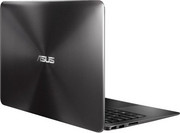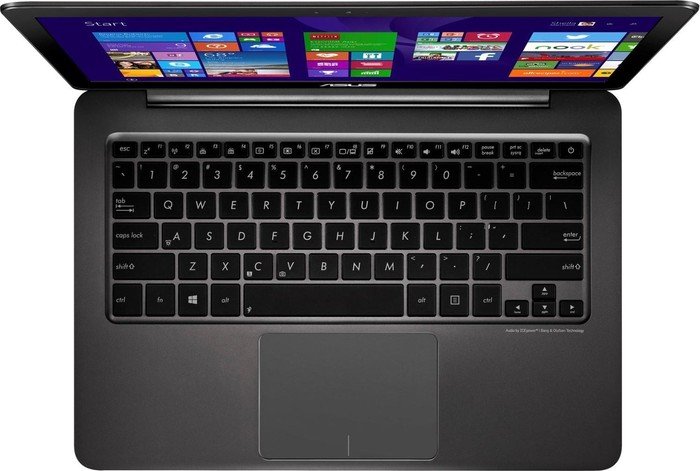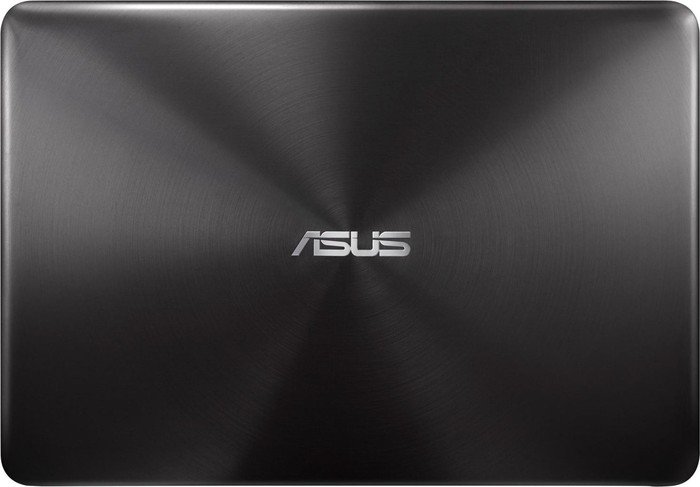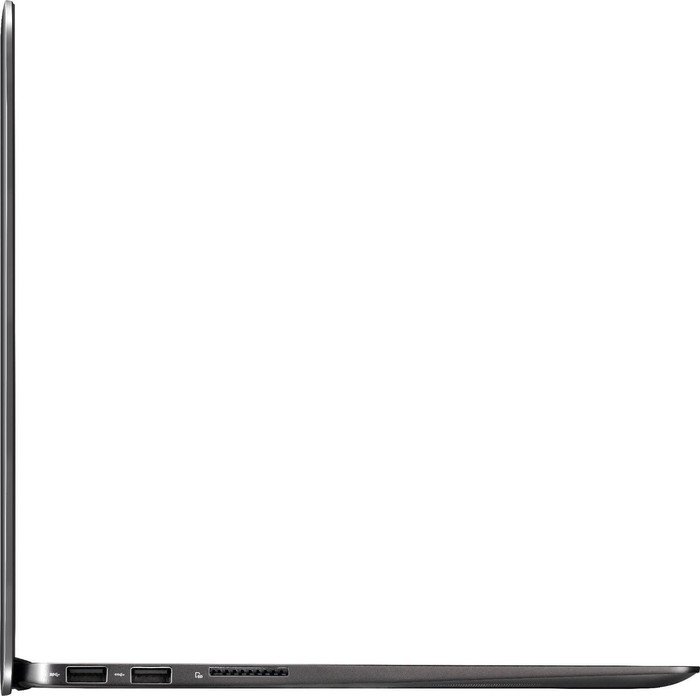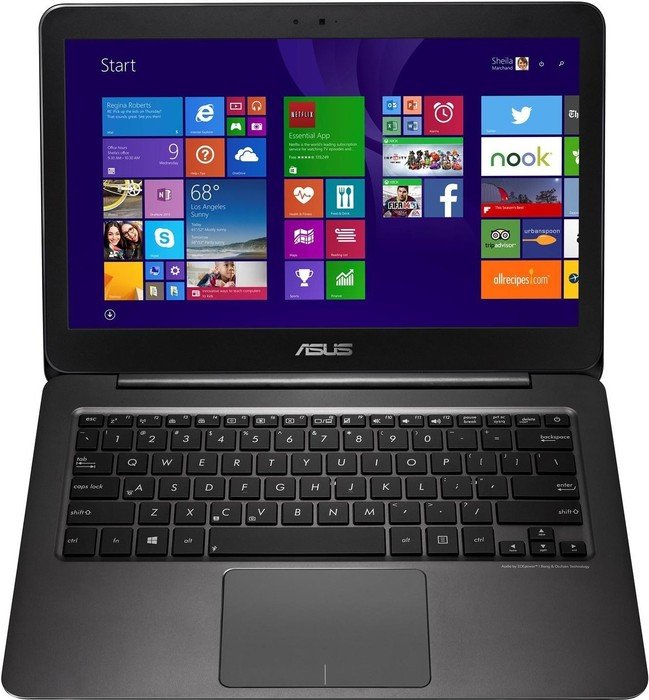Asus UX305UA-FC003T
Specifications
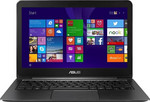
Price comparison
Average of 2 scores (from 3 reviews)
Reviews for the Asus UX305UA-FC003T
Source: Digital Trends
 Archive.org version
Archive.org versionAsus’ Zenbook UX305UA is an initially confusing ultrabook. It looks similar to the UX305CA at a glance, and it appears to share some components, such as the keyboard, touchpad, and hard drive. Even the price has barely changed, rising to $750 – a mere $50 more than the UX305CA. It might seem that Asus has decided to compete with itself. Yet on close examination, it’s clear the UX305UA is a different animal.
Single Review, online available, Long, Date: 05/13/2016
Rating: Total score: 90%
Source: Liliputing
 Archive.org version
Archive.org versionThe Asus Zenbook UX305UA packs a lot of bang for the buck. It offers about twice the performance of a model with a Core M Broadwell processor, but sells for just $50 more. Interestingly, while this model has a significantly more powerful CPU and better graphics performance, there’s no much difference in battery life. In my tests, both versions lasted for around 6 or 7 hours of typical use.
Single Review, online available, Long, Date: 05/12/2016
Foreign Reviews
Source: Techzine
 NL→EN Archive.org version
NL→EN Archive.org versionSingle Review, online available, Very Long, Date: 04/14/2016
Rating: Total score: 80% performance: 90% features: 70% display: 70% mobility: 70% workmanship: 75% ergonomy: 85%
Comment
Model:
Model variants with 3200x1800 resolution:
ASUS Zenbook UX305UA-FB089T
ASUS Zenbook UX305CA-FB219T
Model variants with Intel Core i7-6500U:
ASUS Zenbook UX305UA-FB089T
ASUS Zenbook UX305UA-FC108T
ASUS Zenbook UX305UA-FC086T
Model variants with 16GB RAM:
ASUS Zenbook UX305UA-FB089T
ASUS Zenbook UX305UA-FC108T
Series:
With the recent announced UX21 and UX31 Ultrabooks, provided by the Taiwanese manufacturer Asus and marketed under the self-created term Zenbook, the already existing UX series moves back to the foreground. In 2009 Asus showed the slim notebook UX50V with energy efficient hardware and a 15-inch display. Today, three years after the first device of this series Asus presents two devices in the Ultrabook-class with 11.6 - and 13.3-inch display. The category Ultrabook itself was launched by Intel to the fire up the market of the top dog Apple with its MacBook Air 11 and MacBook Air 13.
Significant milestones for this project are a sleek design, fast and energy-saving hardware as well as a decent battery lifetime. Asus uses a alloy-chassis, a solid state drive and a lithium-polymer battery, which is integrated. In the first reviews for the two new devices the available ports, the bright screen and the minimalistic background noises in idle-usage models are highlighted. Disadvantages are the reflective surface of the display and the missing option to expand the integrated hardware.
Asus offers the Zenbook UX21 (11.6 inches) and the UX31 with the larger 13.3-inch screen from 999 € (MSRP) upwards. In regard to other devices you’ll see that Asus only sell premium devices at the moment. Acer offers the Aspire S3 Ultrabook already from 799 € (MSRP) upwards. But in comparison the devices from Asus get a better result in the most reviews out there.
Intel HD Graphics 5500: Integrated graphics card (GT2) in the Core processors of the Broadwell U-series (15 W TDP).
Non demanding games should be playable with these graphics cards.
» Further information can be found in our Comparison of Mobile Graphics Cards and the corresponding Benchmark List.
6200U: Skylake-based ULV dual-core processor for thin notebooks and ultrabooks. Offers an integrated HD Graphics 520 GPU and is manufactured in 14 nm.» Further information can be found in our Comparison of Mobile Processsors.




